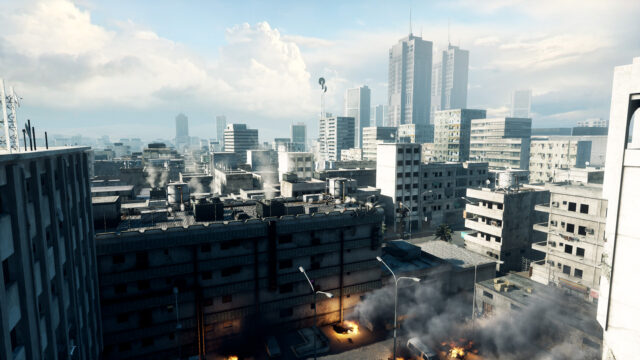
The full source code of SMAA has been finally released, including SMAA S2x and 4x!
https://www.iryoku.com/smaa/#downloads
Checkout the subpixel features section of the movie to see the new modes in action (or download the precompiled binary).
We are also happy to officially announce that all the nuts and bolts of the technique will be presented on EUROGRAPHICS 2012, in Cagliari (Italy). The paper is now much easier to follow, and has updated content. To all who tried to read the technical report and failed to deeply understand all the details, we definitely encourage them to give the EUROGRAPHICS version a try, as it does a much better job at explaining the core concepts and implementation details.
We’d like to thank all the community that is supporting SMAA, and give special thanks to Andrej Dudenhefner, whose hard work made InjectSMAA possible, allowing to use SMAA 1x in a lot of already published games. But bear in mind that SMAA 1x is just one third of the whole technique!
And to finalize this post I would like to remember some of the design decisions and key ideas of our technique, which were not completely understood on the past. I clarified them on a Beyond3D thread but I would like to give it another round here.
The main design decision behind SMAA is to be extremely conservative with the image. SMAA tries to analyze the possible patterns that can happen for a certain pixel, and favors no filtering when the filtering decision is not clear. As our paper shows, this is extremely important for accurately recovering subpixel features in the S2x, T2x and 4x modes. Additionally, super/multisampling will cover these cases, yielding smooth results even when the MLAA component is not filtering the pixel.
Furthermore, the MLAA component is enhanced, not only by improving the searches accuracy without introducing dithering or performance penalties, but by also introducing an stronger edge detection and extending the type of patterns detected, as shown in this example from Battlefield 3 (to easily compare the images, we recommend opening the images in browser tabs, and keep them at their original resolution):
Finally, SMAA is not devised as a full MSAA replacement. Instead, the core idea behind it is to take the strengths of MSAA, temporal SSAA and MLAA, and make a very fast and robust technique, where each component backs up the limitations of the others, delivering great image quality in demanding real-time scenarios.

Great work!
I barely waiting for a inject code of 2.7 even if I read it could not be possible with d3d9. is this sure ?
SMAA v2.7 and the following ones will be compatible with d3d9 (SMAA 1x mode). Unfortunately, S2x, T2x and 4x probably not.
Wow this is pretty amazing stuff. How does one get this to work in games like BF3 ?
First I though: “why should someone need this?”
But your video demonstrations gives the answer! Nice flicker-free animations! Wow!
Alex, higher quality SMAA modes (S2x, T2x and 4x) require integration in the graphics engine. So, if you want to see it happen in games, the best way is to ask developers to implement it via patches :-)